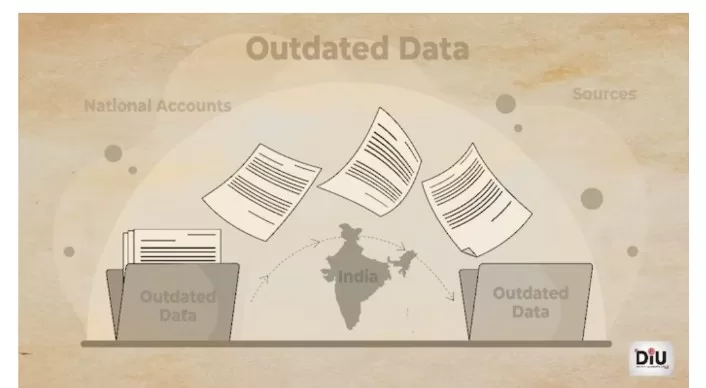The recently concluded Bihar caste census has brought to the fore a significant disparity between anticipated statistics and actual demographic figures, sparking concerns about the relevance of outdated data in shaping policies.
Contrary to expectations, the general castes constitute a mere 15.5% of Bihar’s population, while earlier projections estimated their presence at 32%. Similarly, the expected figure of backward castes, around 50-53%, has been surpassed, revealing their actual dominance at 63.1% within the state.
The repercussions of these census results are poised to reverberate throughout policymaking processes and influence government initiatives. Bihar’s case underscores a broader question: To what extent does a similar gap exist at the national level?
Beyond Bihar, this census exposes a critical issue—policy decisions continue to rely on outdated data. This problem extends beyond the population census, which is over a decade old, to encompass other vital economic indicators. For instance, the economic census is nine years outdated, and benchmarks for the consumer price index, wholesale price index, and industrial production index all stem from 12-year-old data.
Moreover, the national industrial classification code has not been updated for 14 years, and the input-output table, essential for understanding the economic interplay between producers and consumers, remains stagnant for 15 years.
A working paper from the National Institute of Public Finance and Policy has pinpointed the consequences of this data stagnation. The delay in conducting quinquennial surveys (every five years) has resulted in significant quality issues with the estimates, with benchmark estimates trailing by nearly 12 years, failing to capture evolving economic dynamics.
One noteworthy challenge is the estimation of the unorganized segment of the services sector in the 2011–12 series, further exacerbating the data obsolescence problem.
Updating the methodology to reflect the shifting economic landscape is an imperative need. The transformative impact of digital technologies and evolving business structures over the past decade necessitates a comprehensive overhaul of data collection and analysis methods.




